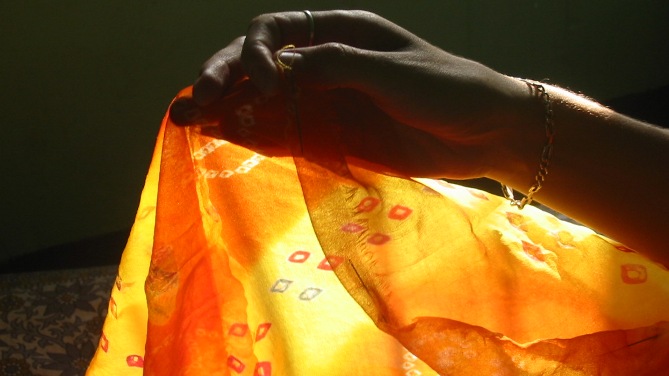
Usually translated as “feeling” or “feeling-tone,” the word vedana is a subtle, quick and tricky aspect of human experience. It is the way we take in experience, the way sights, sounds, smells, tastes, physical sensations, and thoughts get immediately filtered as pleasant, unpleasant, or neither. A subjective response called vedana gets mixed into the experience. We don’t just see color, we automatically see a color we like, or don’t like, or don’t care about—a color that is good, bad or unimportant. We may even be surprised if another person experiences the same color differently.
This filtered reaction called vedana has deep roots in hidden “survival strategies,” the ways we blindly try to manipulate the world with aggression, seduction, and shutting down or ignoring.
~ Our practice is to ![]() give attention to pleasant feelings without desperately trying to make them last when they go
away.
give attention to pleasant feelings without desperately trying to make them last when they go
away.
~ Our practice is also to give attention to unpleasant feelings without struggling to get rid of them when they come.
~ We can also learn to give attention to neutral feelings without being bored or restless.
~ Notice how feeling-tone affects and is influenced by experience of the environment, physical sensations, thoughts, and moods. An unnoticed unpleasant vedana that persists for half an hour can create a bad mood that lasts all day. Conversely, a good mood can make us more likely to give our attention to experiences with pleasant vedana, to notice what we like, to think optimistically, etc.
Letting various vedana come and go by themselves and simply staying aware of them without getting caught up in them, we weaken the forces of greed, hatred, and delusion that are the causes of all suffering.
Our practice then leads directly to an abiding happiness and peace.
